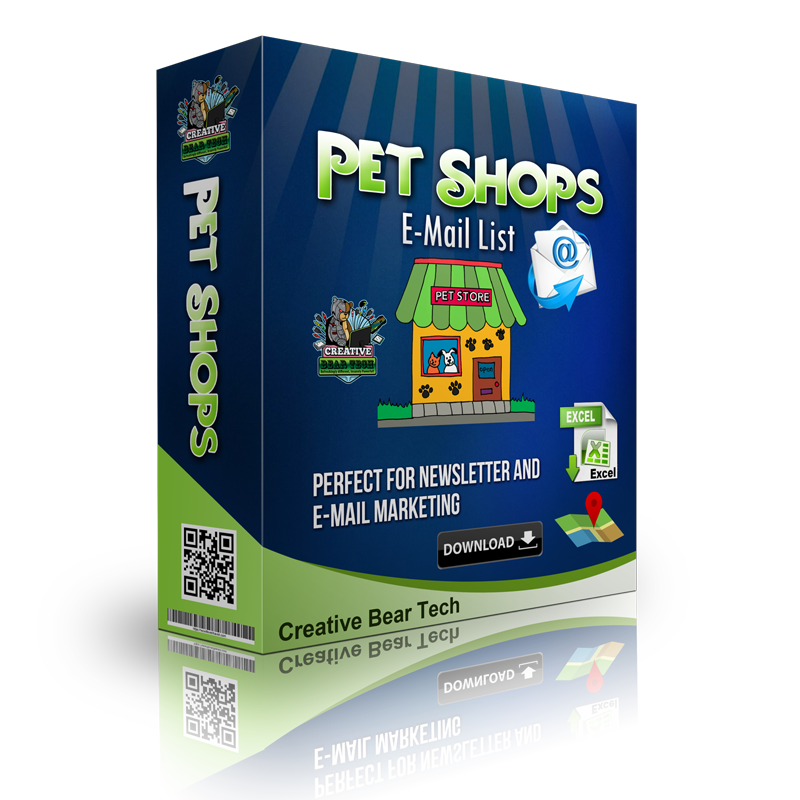How to connect xevil remote captcha solving software to the web scraper
How to scrape and extract data from your website list? After you segment your users and identify what they most likely want to see from you, you can create personalized, targeted marketing messages for those users. This goes beyond simply adding the subscriber’s name to your subject line, though that’s a pretty easy place to start. Plus, emails with a first name in the subject line can increase open rates by 26%! To do this, start by defining your most valuable audience. Are they customers who’ve made more than two purchases from you in the past year? Or maybe they’re customers who’ve either made more than two purchases or who have spent more than $100 with you in the past year. No matter who they are, create a segment just for those most valuable people. Repeat for all segments you want to target. Once you have your segments created, think about what kind of content those people might want to get from you (and what you want them to do). For your most loyal customers, they’d probably like to get exclusive promotional offers or get to know about your new products and services before anyone else. A past customer who hasn’t purchased from you in six months might need a little discount to bring them back in.
If you’re entirely new to email marketing, we suggest you start with our guide to email marketing before coming back and implementing these email marketing tips to increase open rates. If you’re familiar with email marketing already, let’s get started off on the same page with a quick definition of what an email open rate actually is and what a typical open rate looks like. What Is an Email Open Rate? An open rate in email marketing is the percentage of the total times your email campaign was opened by subscribers. This is a pretty simple formula: Email open rates are often shown with other email marketing metrics like click-through rates, bounce rates, and unsubscribe rates, but open rates are a pretty important starting point for understanding how your email marketing campaigns are performing and where they can be improved. If you have a low email open rate, for instance, you can then test your subject lines, sender name, or any number of other details that might impact your campaign performance. You might also take a look at how often you’re sending emails to make sure you’re not overwhelming your subscribers.
Content marketing is a type of digital marketing that focuses on creating and distributing content for a target audience. The content aims at being valuable, relevant, and (ideally) consistent. Its ultimate goal is to drive a profitable customer action. The crucial part here is “valuable” and “relevant”. This is what tells content marketing apart from traditional spammy advertising. The target audience should want to seek the content out and consume it. In the broader sense, content marketing is part of every other digital marketing activity, be it social media marketing, SEO, or email marketing. Quality content should be the core of every other marketing activity you pursue. Some examples of content marketing include: blog posts, videos, podcasts, infographics, white papers, case studies, ebooks. Find more info at https://cbtemailextractor.com/blog/captcha-solving-services-and-available-captcha-types/.
Our direct send feature will bypass your SMTP servers and will try to send your email directly using your system’s DNS. This feature will act as a helpful fallback sending feature in the event that your SMTP servers are not working. Generally, when CBT Bulk Email Sender encounters a non-working SMTP server, it will try to send your message using another SMTP server. The direct send feature is particularly helpful if you do not have many SMTP servers.

What is Local SEO? Local SEO is an act of optimizing your local business website so that you are found for the local searches in Google that are most relevant to your business. What is the difference between local SEO and organic SEO? Organic SEO is the practice of optimizing your business website to make it search-engine compliant, and get it ranked in SERPs for the relevant keywords. Local SEO is more about building relevant signals around a particular location. Organic SEO has its goal to get ranked as high as possible for a set of target keywords whereas local SEO aims to get into the local listing packs.
Why email marketing works See even more details on Guide to Email Marketing.